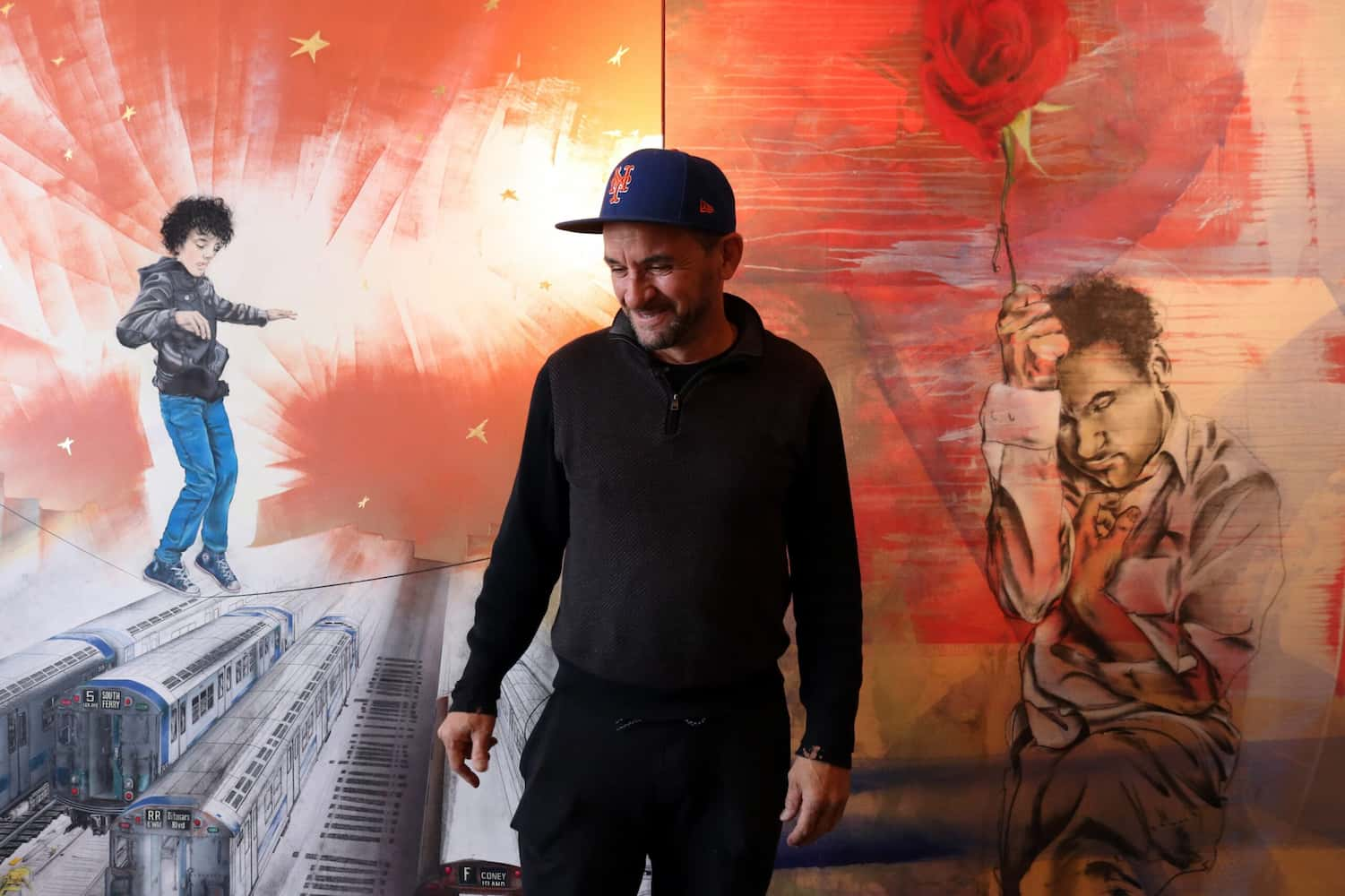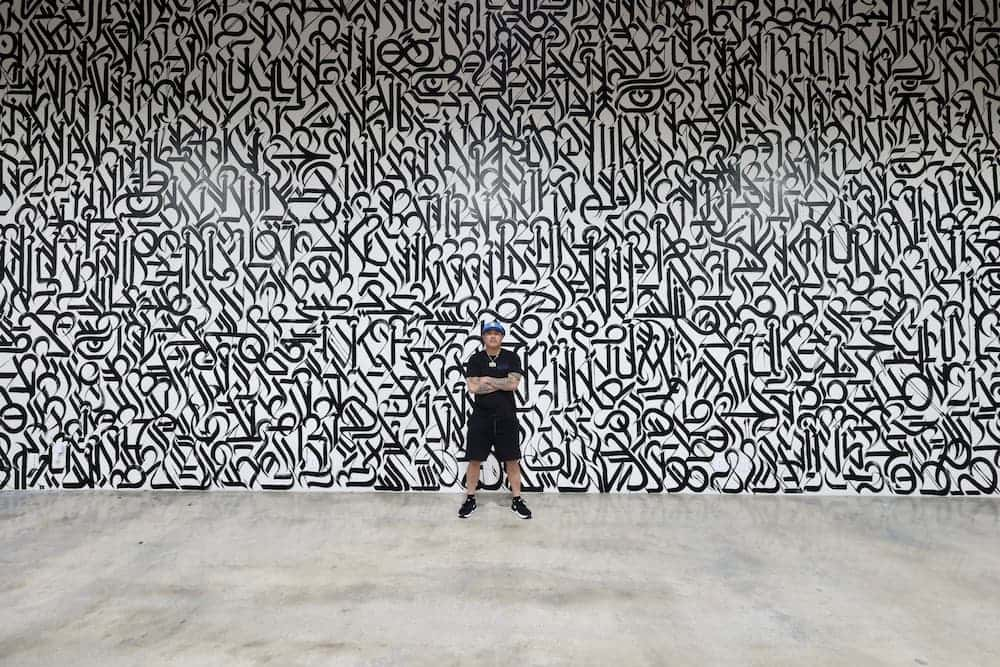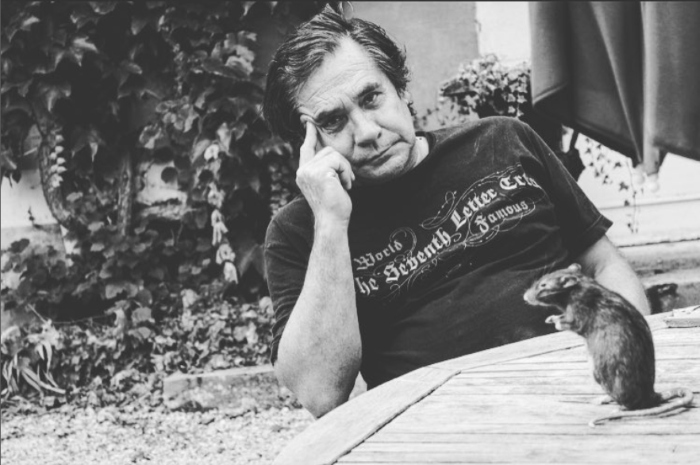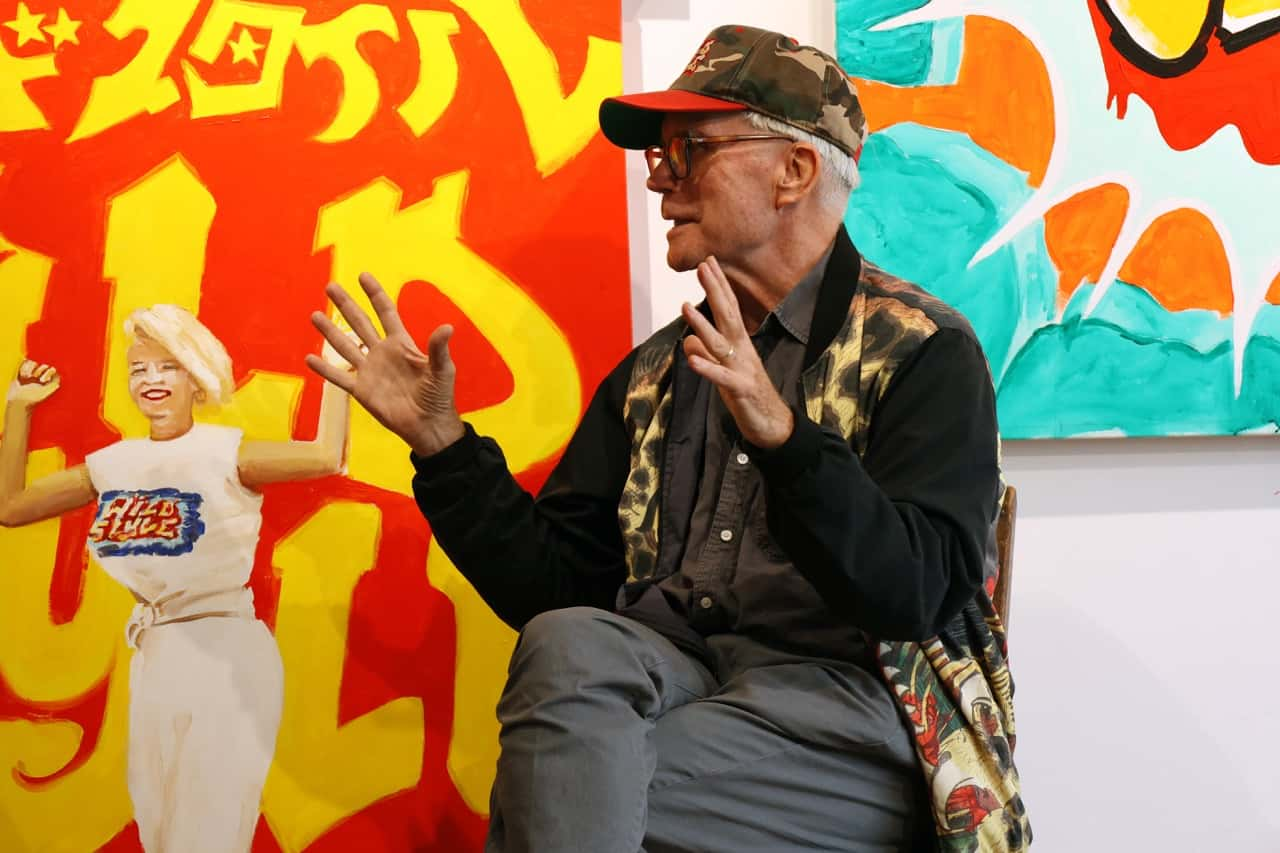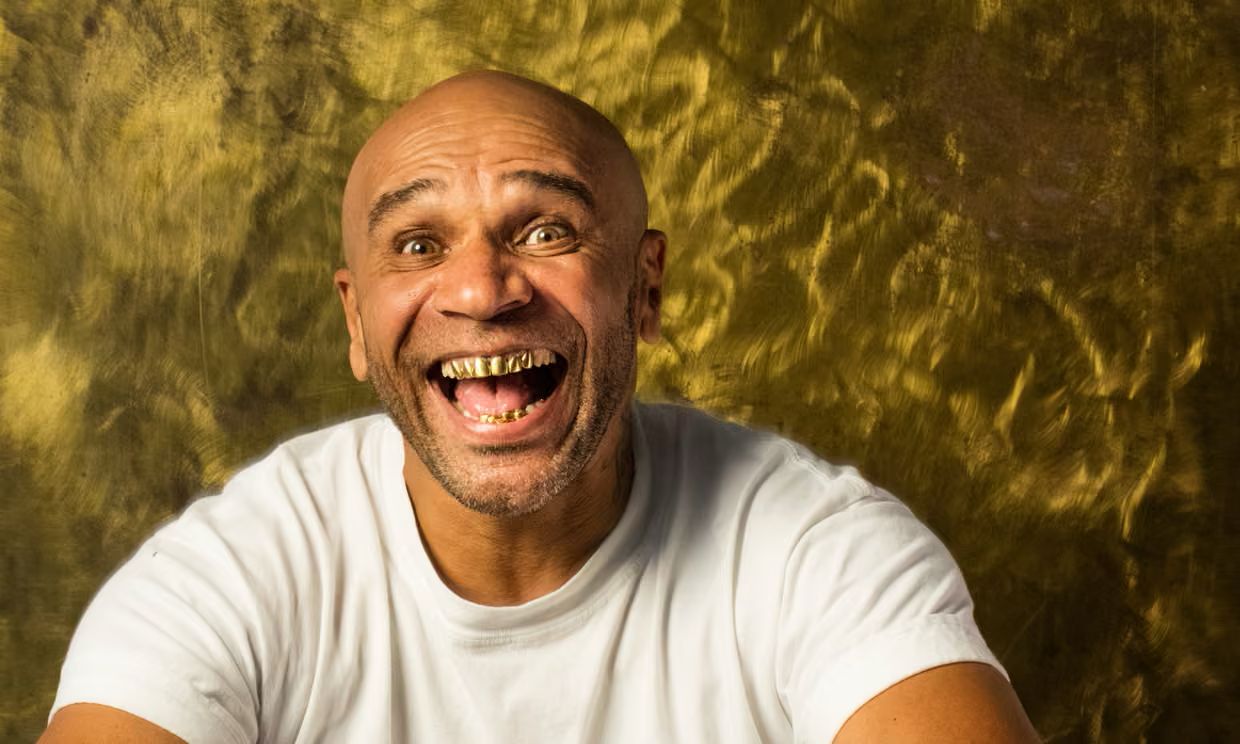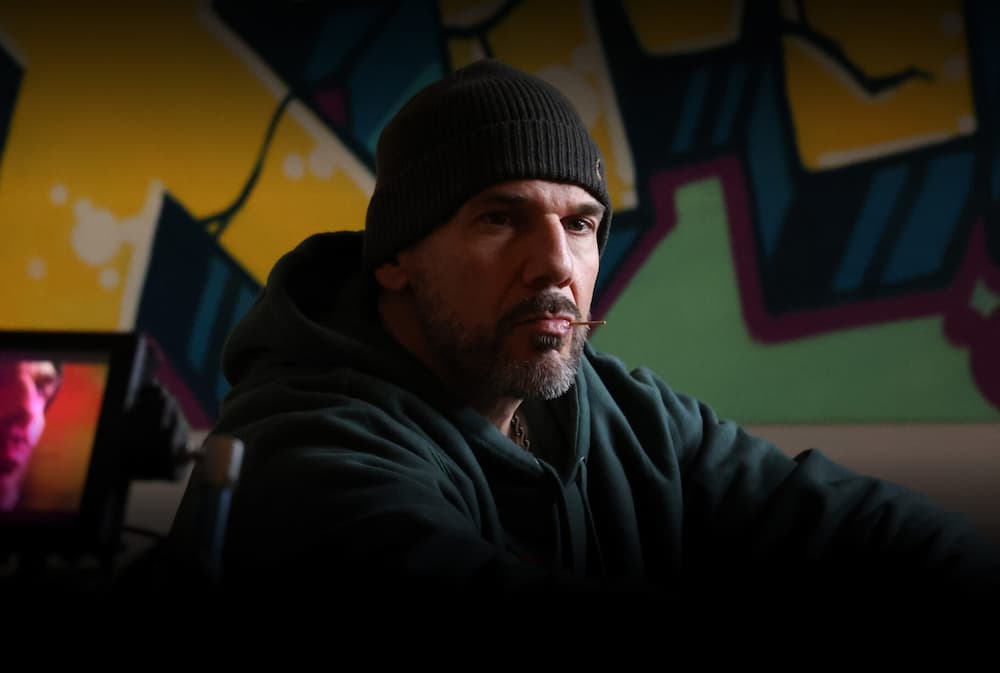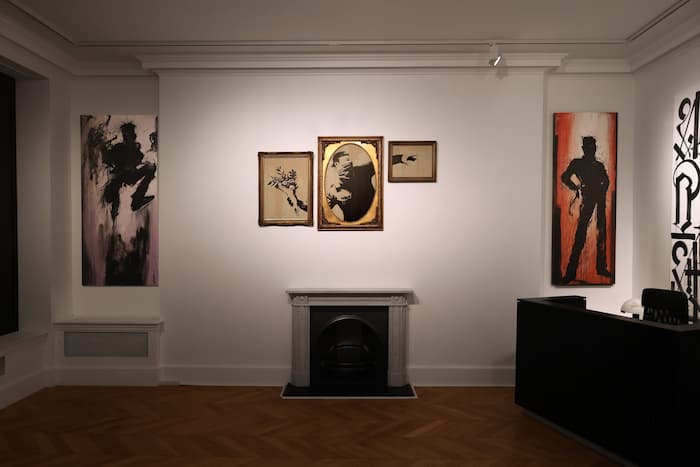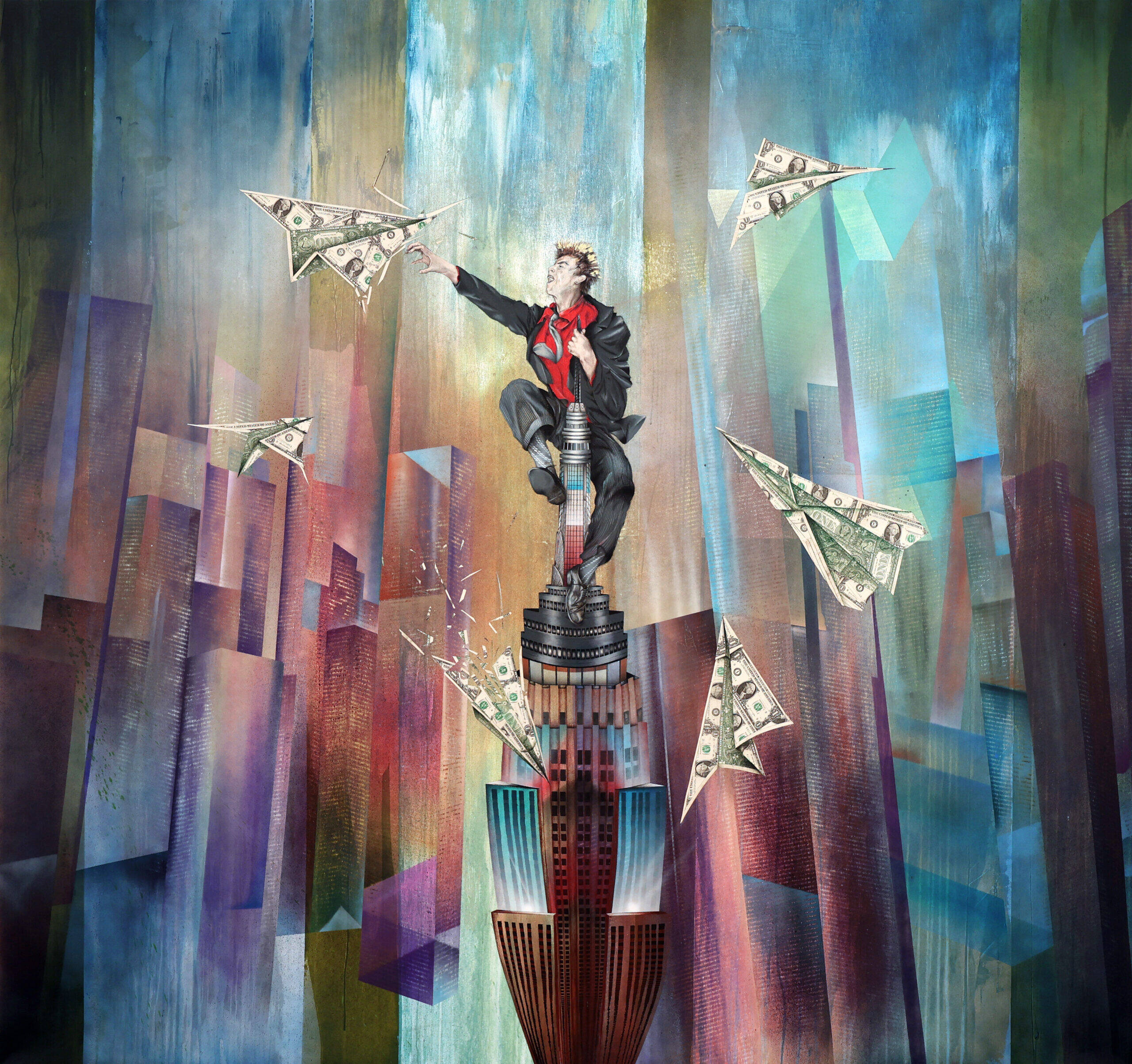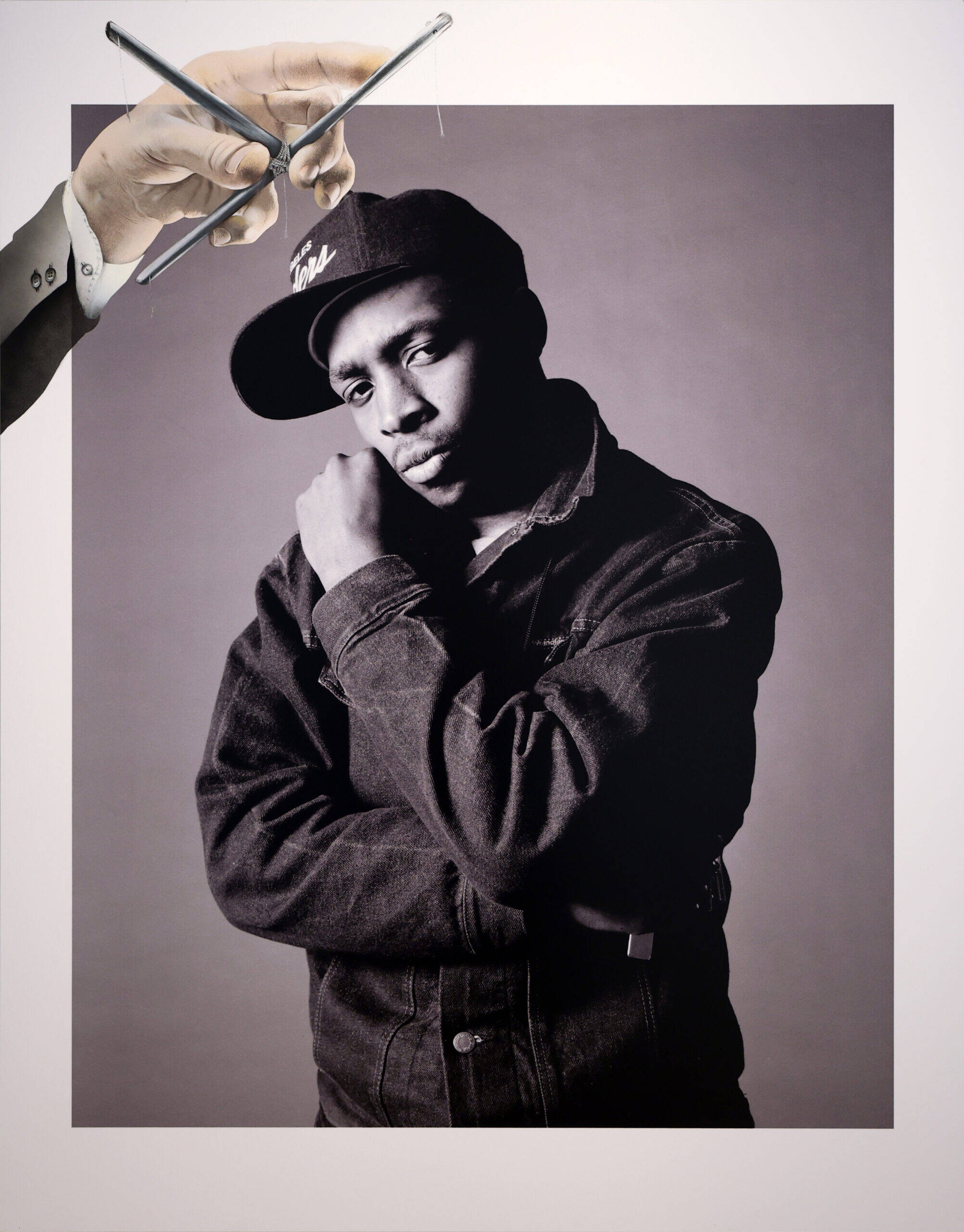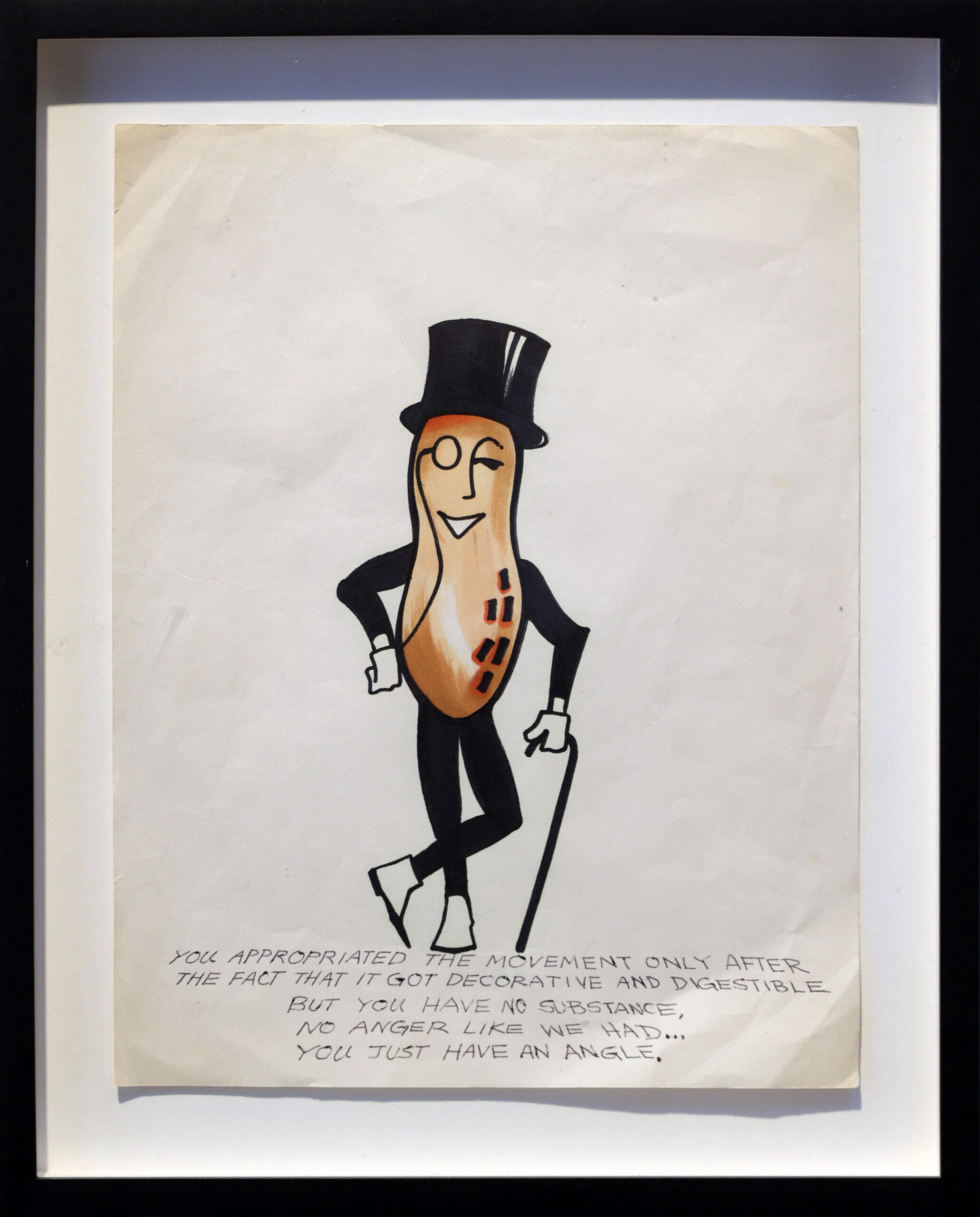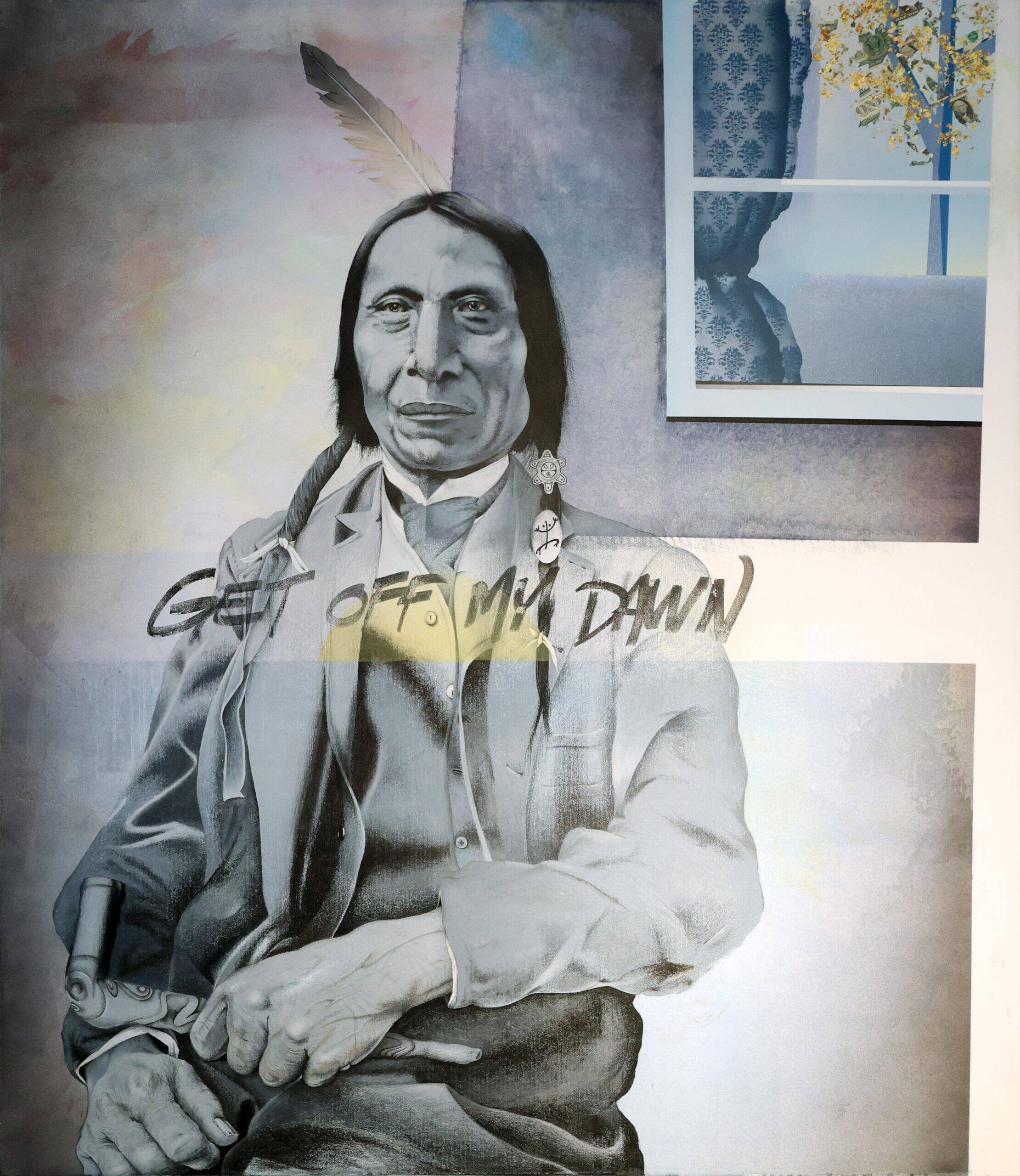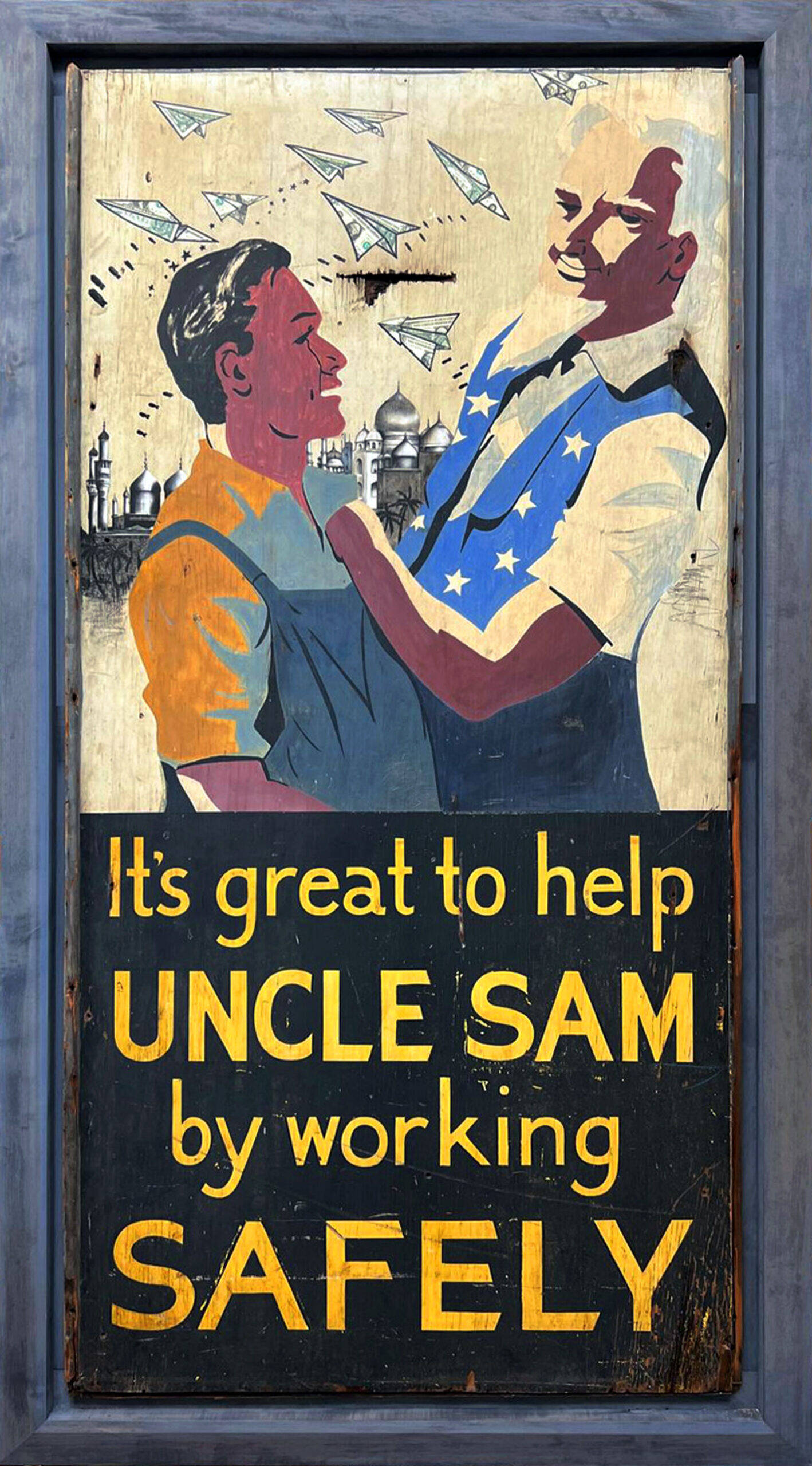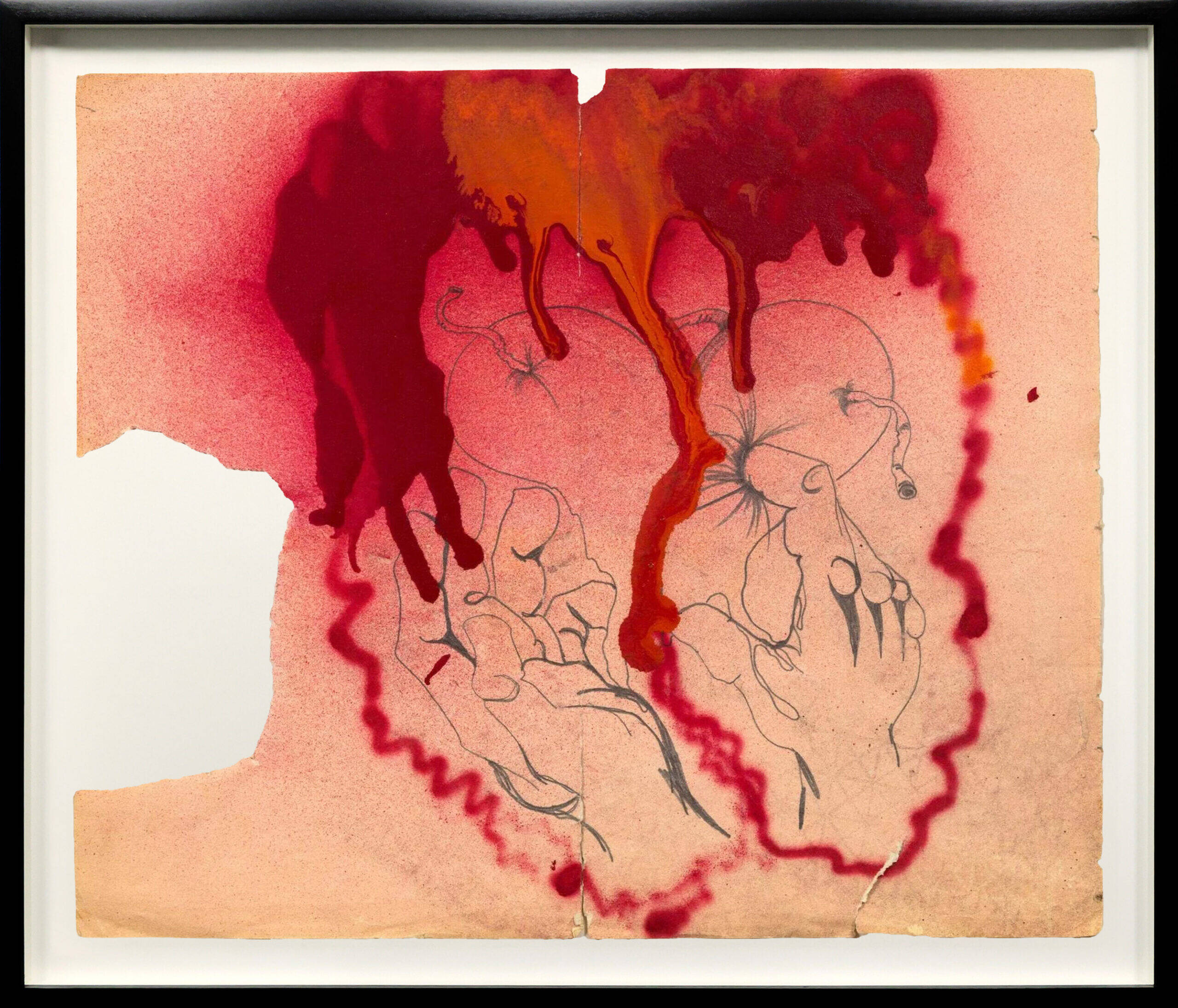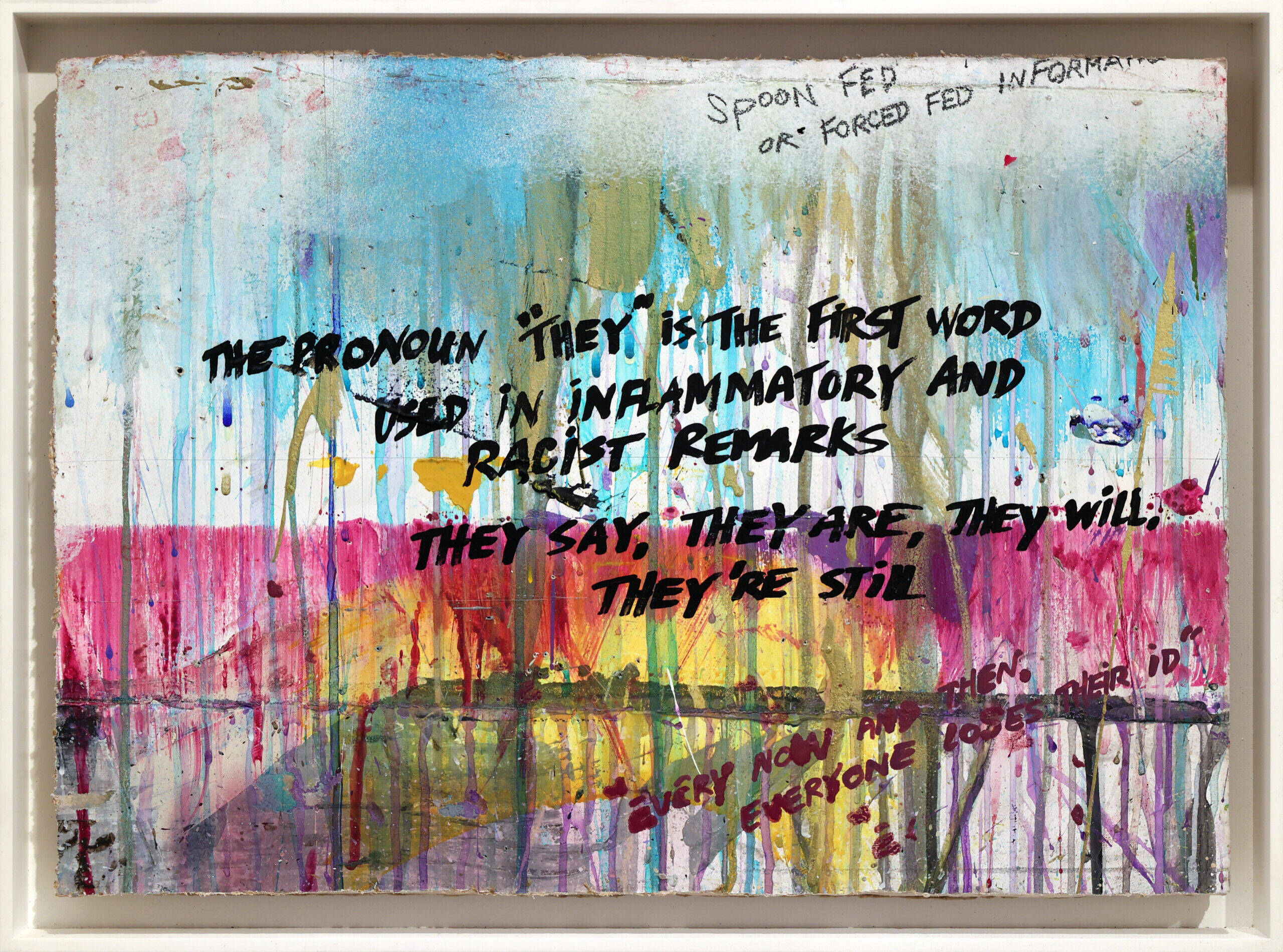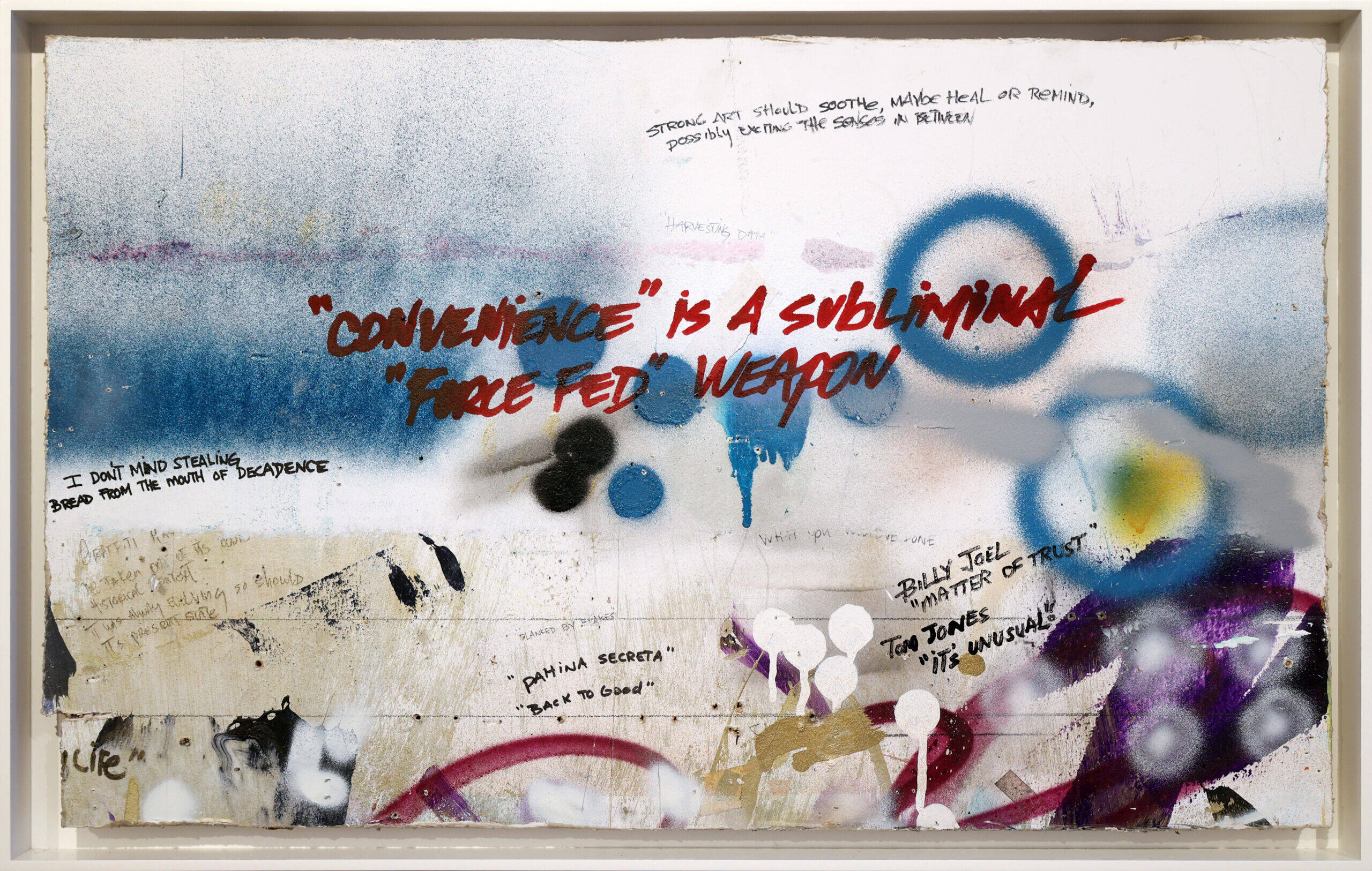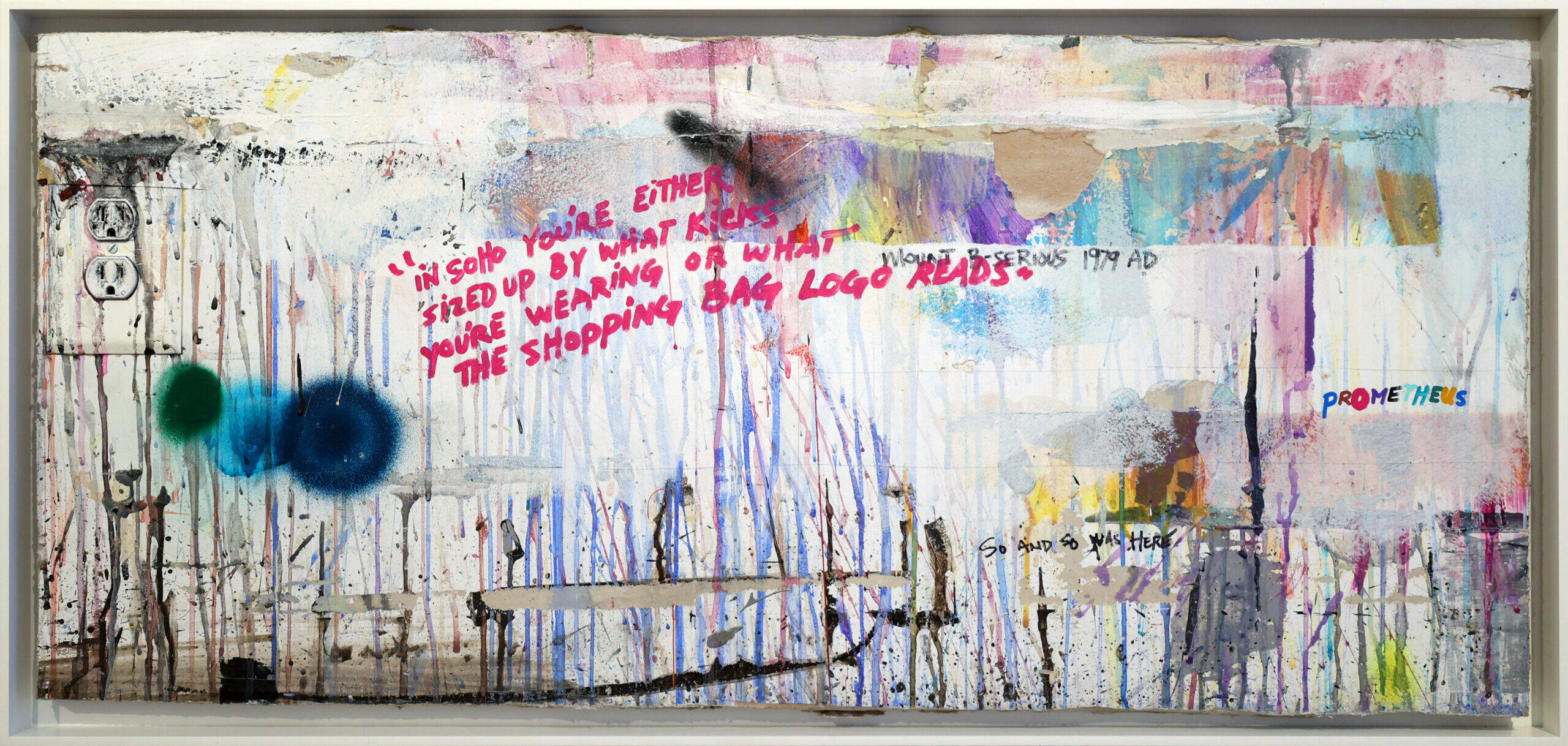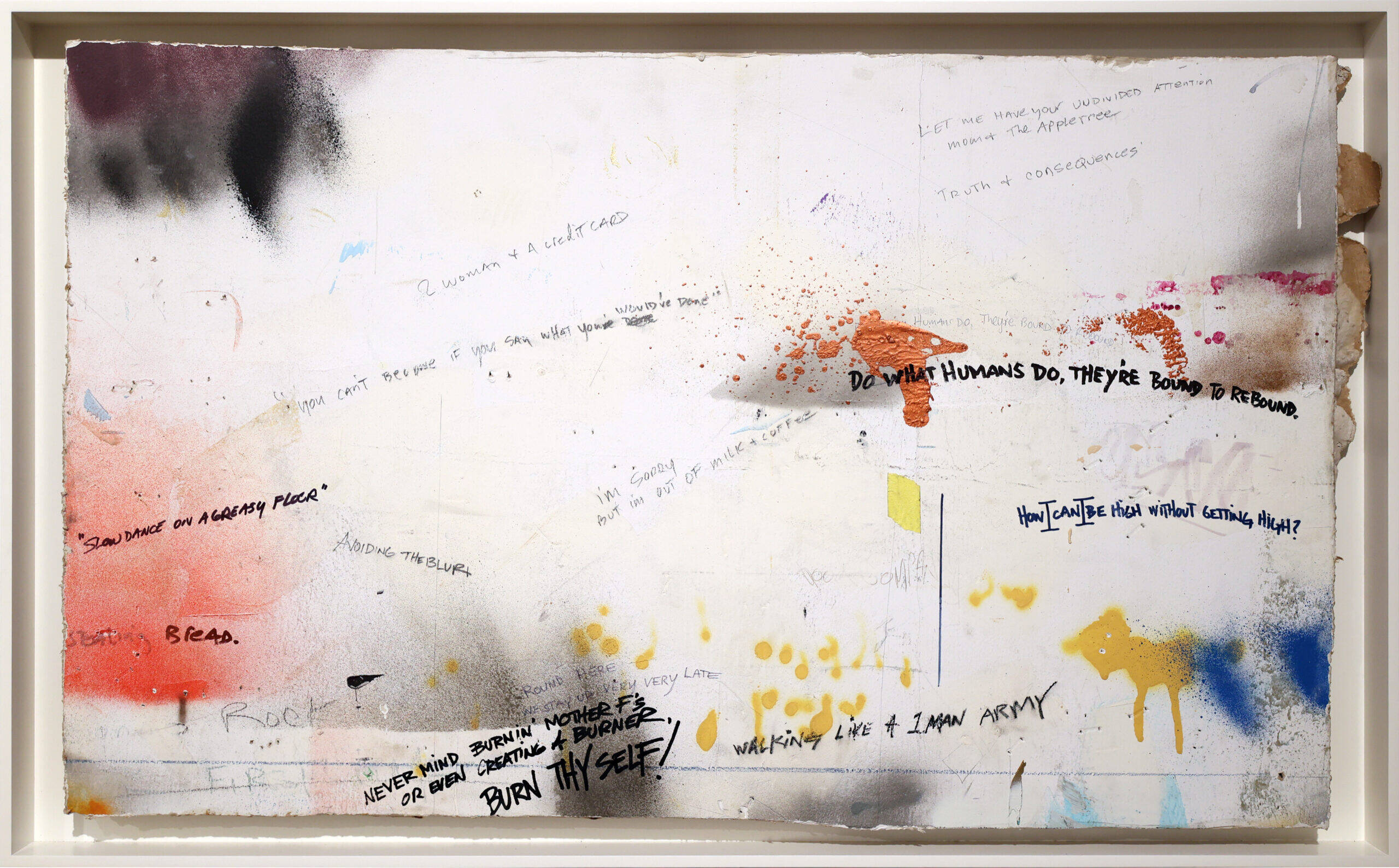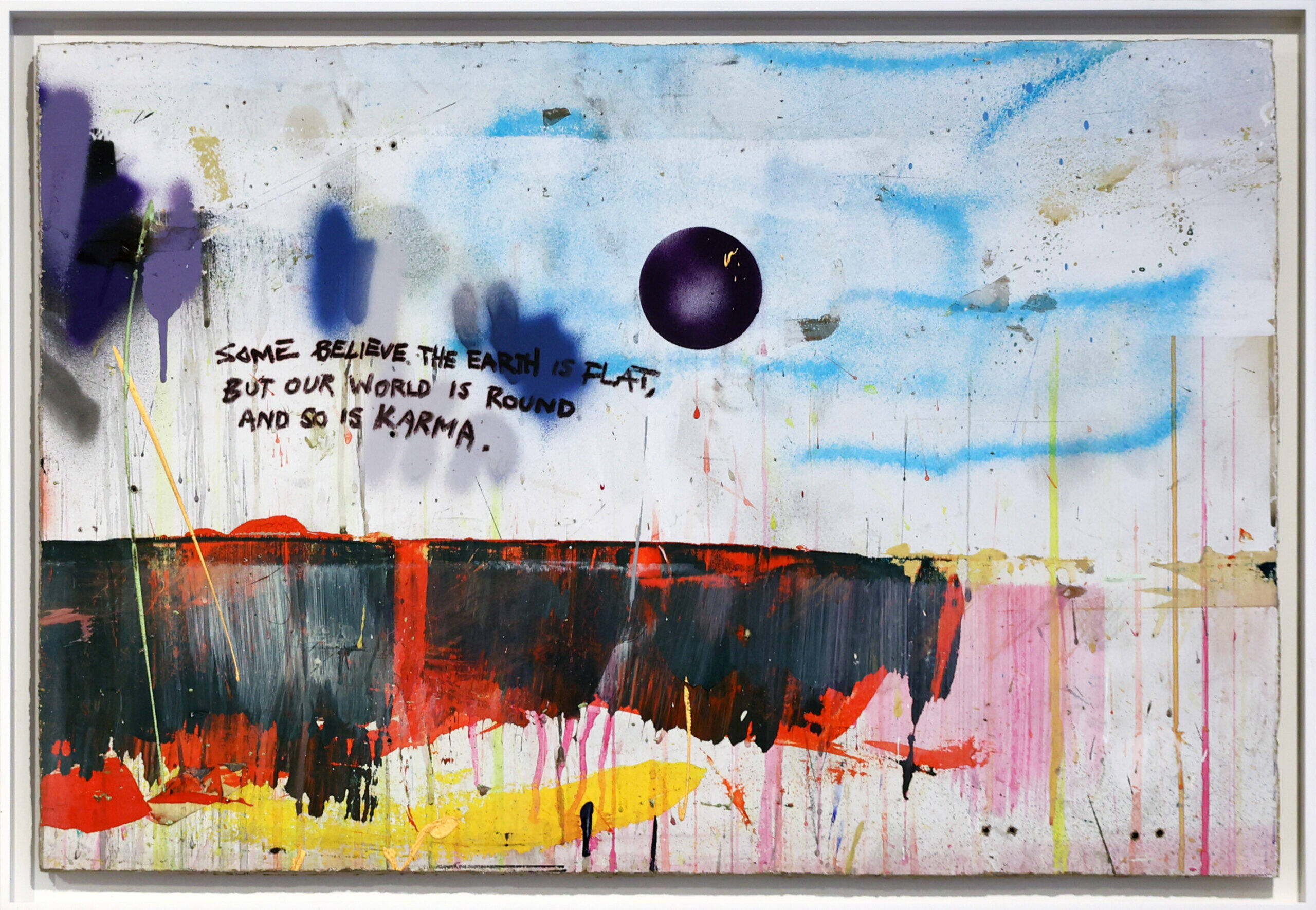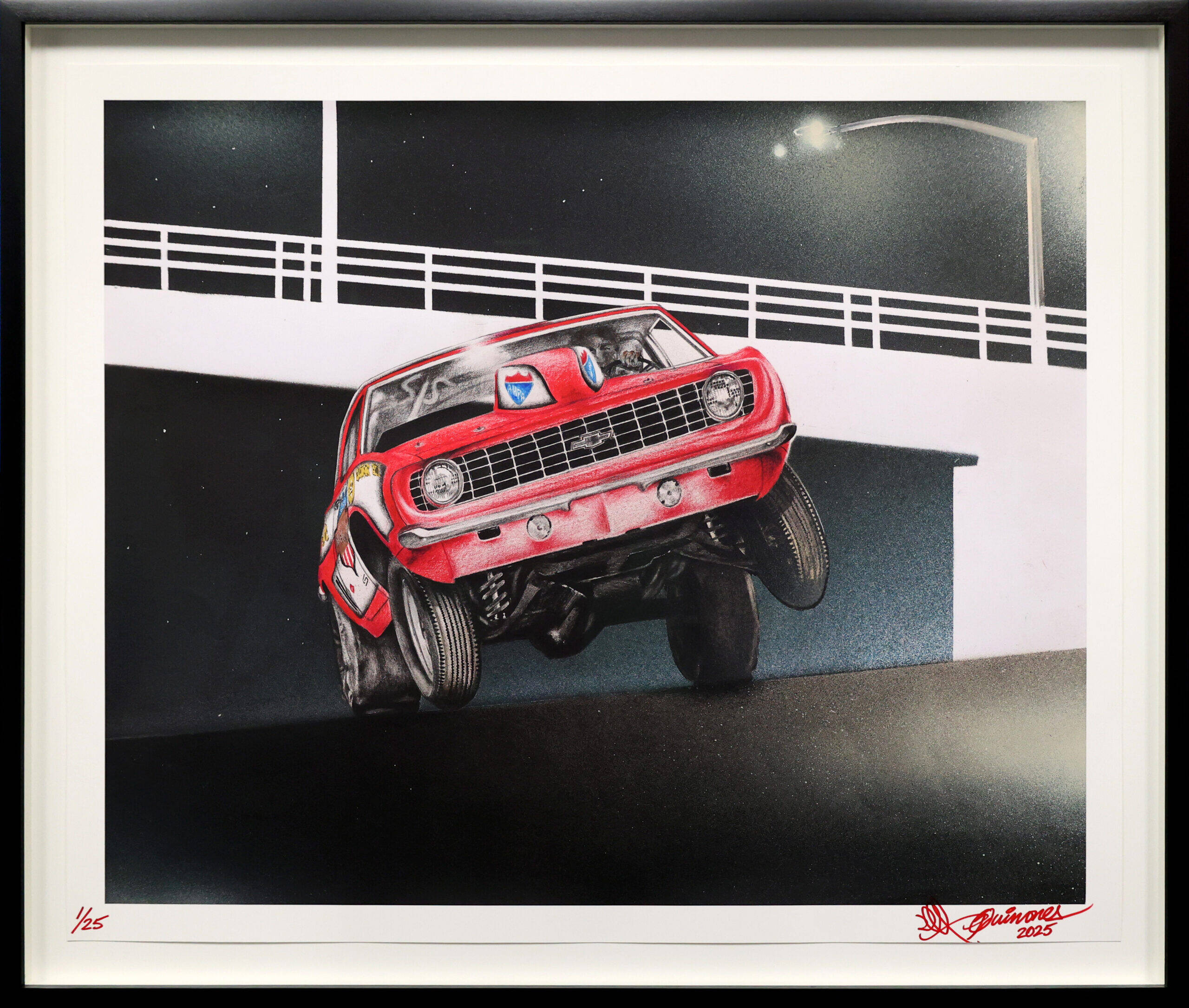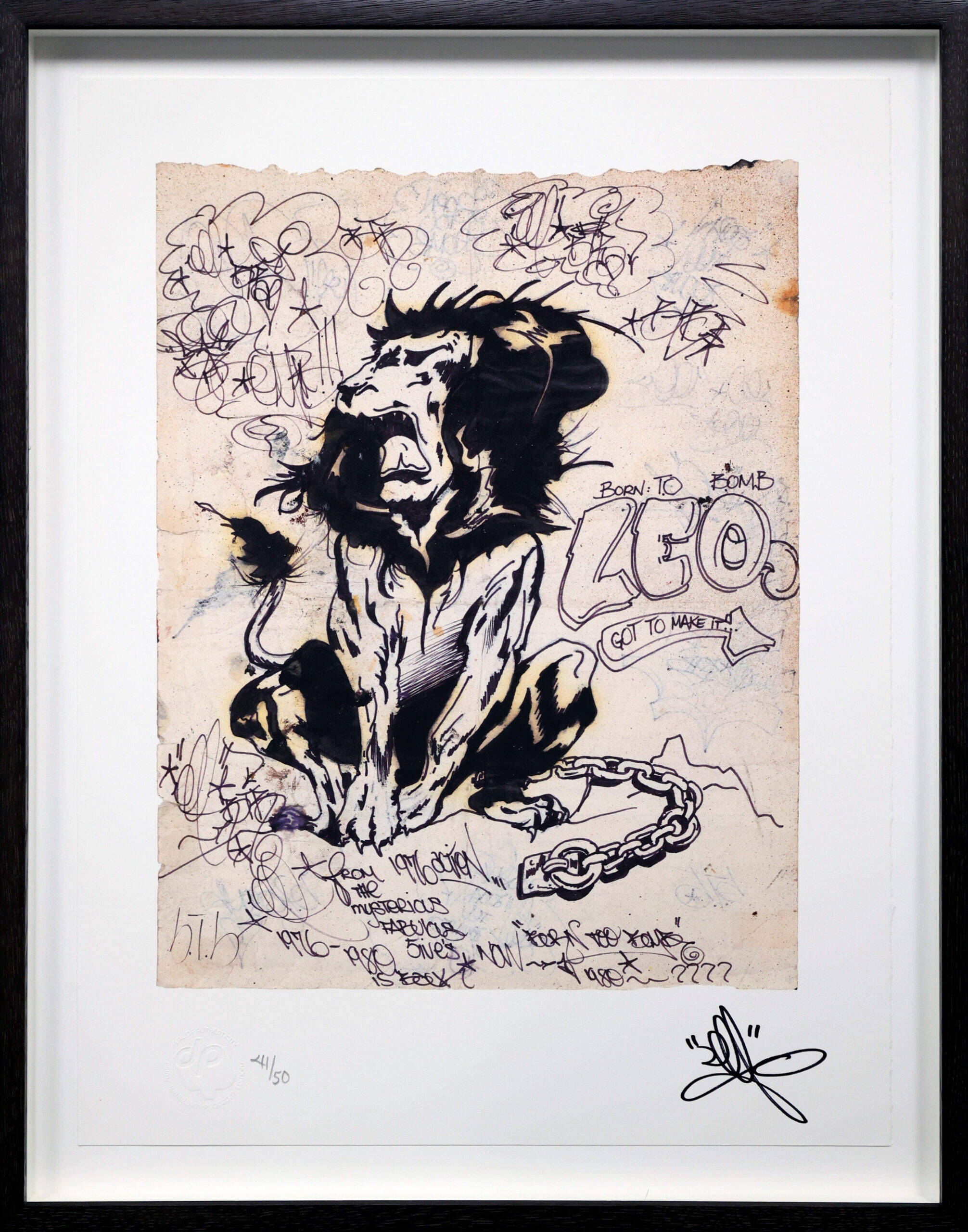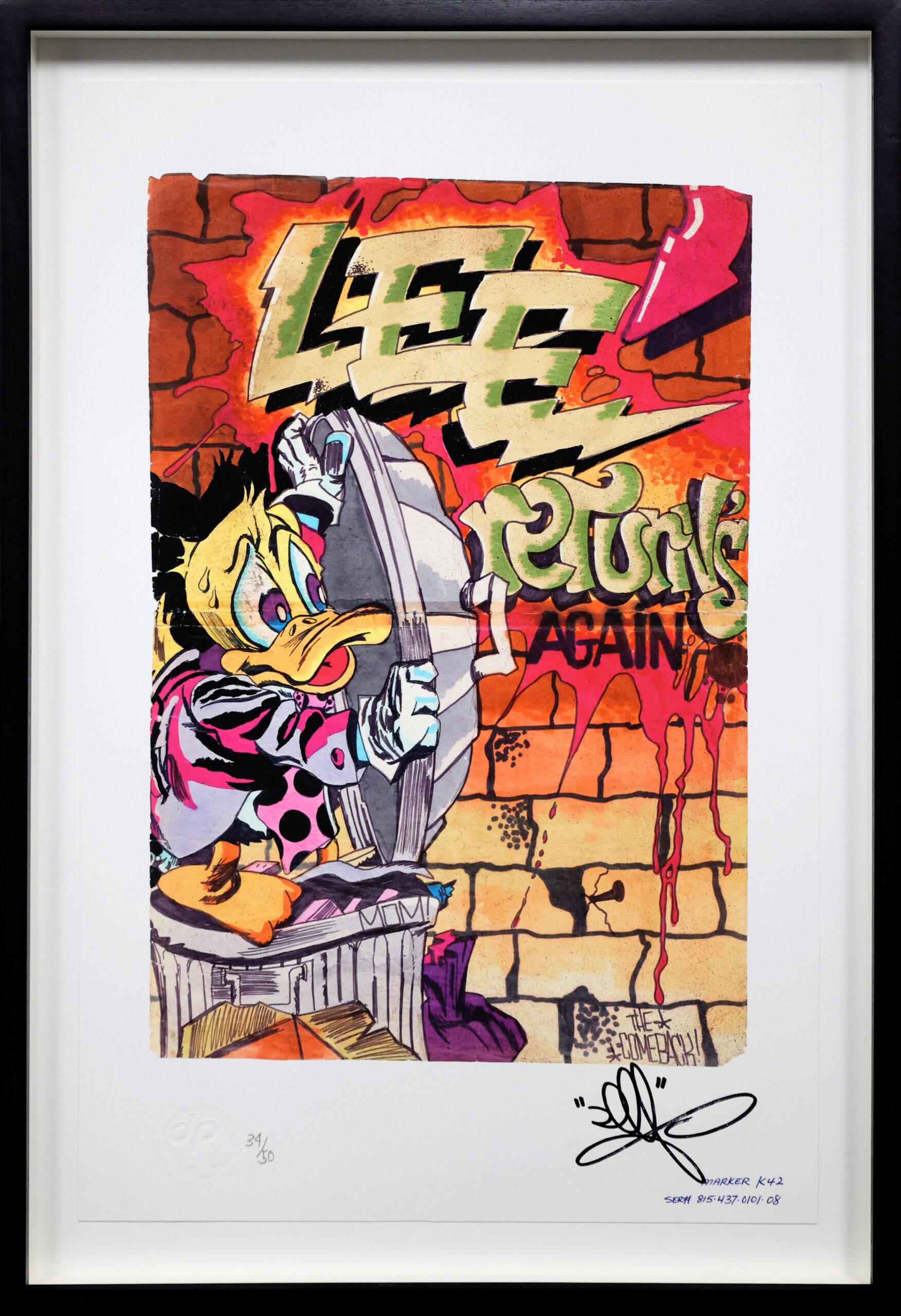Lee Quiñones (b. 1960)
Pioneer of the New York subway art movement
Lee Quiñones is considered the single most influential artist to emerge from the New York City subway art movement. Across a career spanning more than five decades, he has evolved from a teenage graffiti writer—renowned for painting entire subway cars—into an internationally acclaimed contemporary artist, with works housed in some of the world’s most prestigious museum collections.
Born in Ponce, Puerto Rico and raised on Manhattan’s Lower East Side, Quiñones began writing graffiti at the age of 14. By the mid-1970s, he had transformed New York’s transit system into a moving gallery, painting more than 125 full subway cars with expansive murals that combined comic book aesthetics, political commentary, and poetic narratives. Iconic works such as ‘The Hell Express’, ‘Earth is Hell’, and ‘Stop the Bomb’ were visual manifestos—delivering urgent social messages to the everyday public.
In 1978, Quiñones created ‘Howard the Duck’, the first full-scale handball court mural in New York City—helping to move graffiti from subway trains to sanctioned public spaces. That same year marked a significant step toward the gallery world. He exhibited internationally for the first time at Galleria Medusa in Rome (1979), and in 1980, his debut New York exhibition at White Columns ushered graffiti from the streets into the realm of contemporary art.
Quiñones’s work was featured in several pivotal exhibitions of the era, including The Times Square Show (1980), Graffiti Art Success for America at Fashion Moda (1980), New York/New Wave at PS1 (1981), and Documenta #7 in Kassel, Germany (1983). In the years that followed, he participated in major exhibitions such as East Village USA at the New Museum of Contemporary Art (2005), The ‘S’ Files at El Museo del Barrio (2010), and Looking at Music 3.0 at MoMA (2011).
He has held solo shows at leading institutions and galleries including MoMA PS1, Contemporary Arts Center of Cincinnati, Barbara Gladstone, Galerie Rudolf Zwirner, Lisson Gallery, Barbara Farber, and Nicole Klagsbrun, among others.
Quiñones also played a starring role in Charlie Ahearn’s influential film Wild Style (1983), widely regarded as the first feature-length film documenting hip-hop culture. He appears in Blondie’s Rapture video, as well as in the iconic graffiti documentaries Style Wars and Stations of the Elevated, further solidifying his cultural legacy.
His evolution from graffiti writer to contemporary painter has earned recognition from the world’s leading cultural institutions, with his works held in the permanent collections of the Museum of Modern Art (MoMA), the Whitney Museum of American Art, the Brooklyn Museum, the Museum of the City of New York, the Pérez Art Museum Miami (PAMM), the Groninger Museum in the Netherlands, the Ludwig Forum for International Art, and the Museum Boijmans Van Beuningen in Rotterdam.
He has also featured in landmark exhibitions tracing the rise and legitimisation of graffiti within the contemporary art canon, including Art in the Streets (MOCA, Los Angeles), City as Canvas (Museum of the City of New York), and Writing the Future: Basquiat and the Hip-Hop Generation (Museum of Fine Arts, Boston).
In recent years, Quiñones has continued to innovate—producing experimental works that combine abstraction, found materials, and layered textual references. His current practice explores themes of systemic injustice, cultural memory, environmental collapse, and the legacy of urban rebellion.
Lee Quiñones’s career charts the arc of graffiti’s transformation—from underground movement to institutional recognition. His work is not only a cornerstone of graffiti history, but a continually evolving force in the contemporary art world.
To learn more about Lee Quiñones, enquire about available works, or hear about upcoming exhibitions and events, we’d be delighted to connect.
“a veteran of the graffiti wars… who helped bring street art out of the subways and into museums.”
Source: The New York Times .
Previous Events.
“OUTSIDE IS AMERICA” By Lee Quiñones
London
29 Sackville Street, Mayfair

